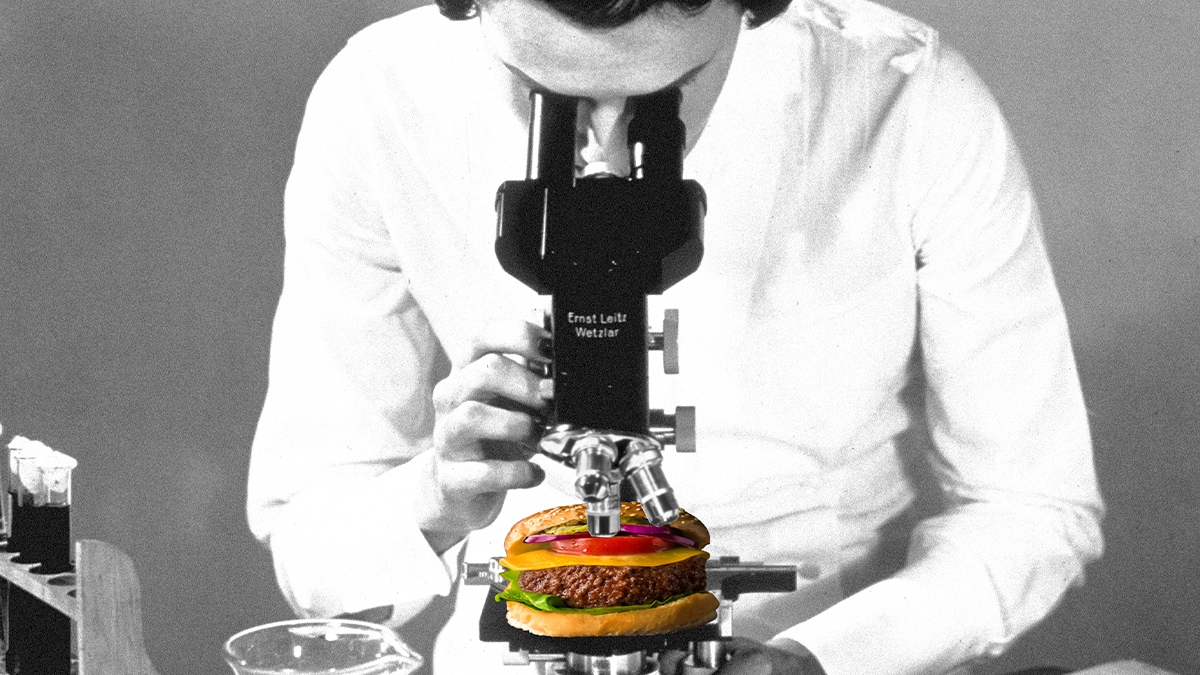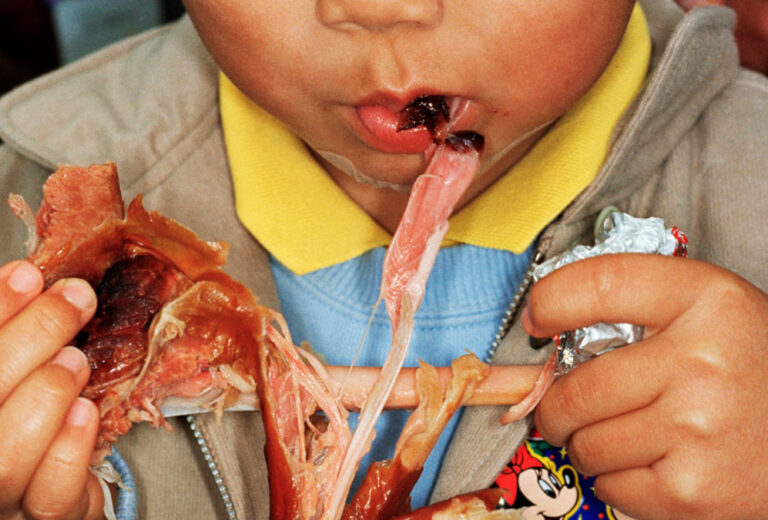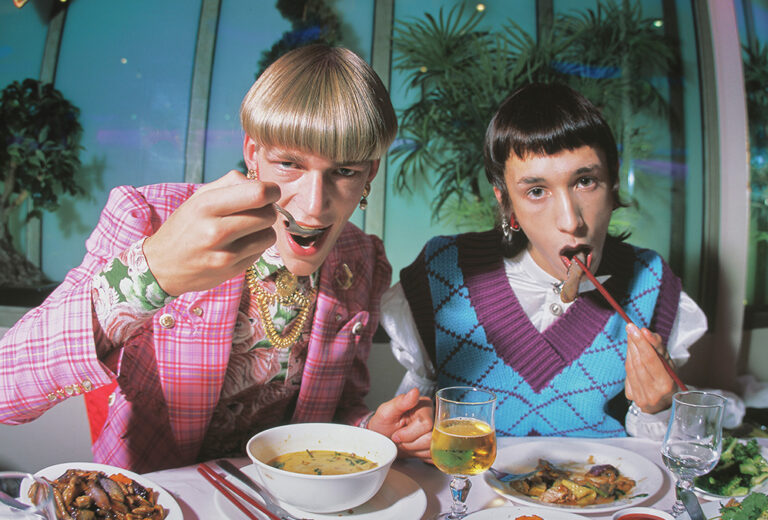Click here to read the Spanish version.
NASA opened the floodgates with its experiments, the FDA approved the technology for development in 1995, and the new century brought the first “miracle”: goldfish cells cultured to resemble fish fillets, developed in 2000 by the NSR/Touro Applied BioScience Research Consortium.
The milestone came in 2013: the first lab-grown burger in London, created at Maastricht University. It took more than two years to produce, had 20,000 thin strands of muscle tissue and cost a whopping 250,000 euros. In 2020, the Singapore Food Agency (SFA) approved the sale of the lab chicken.
In this decade, the niche is gaining muscle within foodtech -consultancy McKinsey forecasts a $25 billion global market by 2030- two countries have approved its sale: Singapore and the United States, while Israel is in the final stages, and there are already more than 150 companies focused on cultured meat and seafood, 50 of them in Europe.
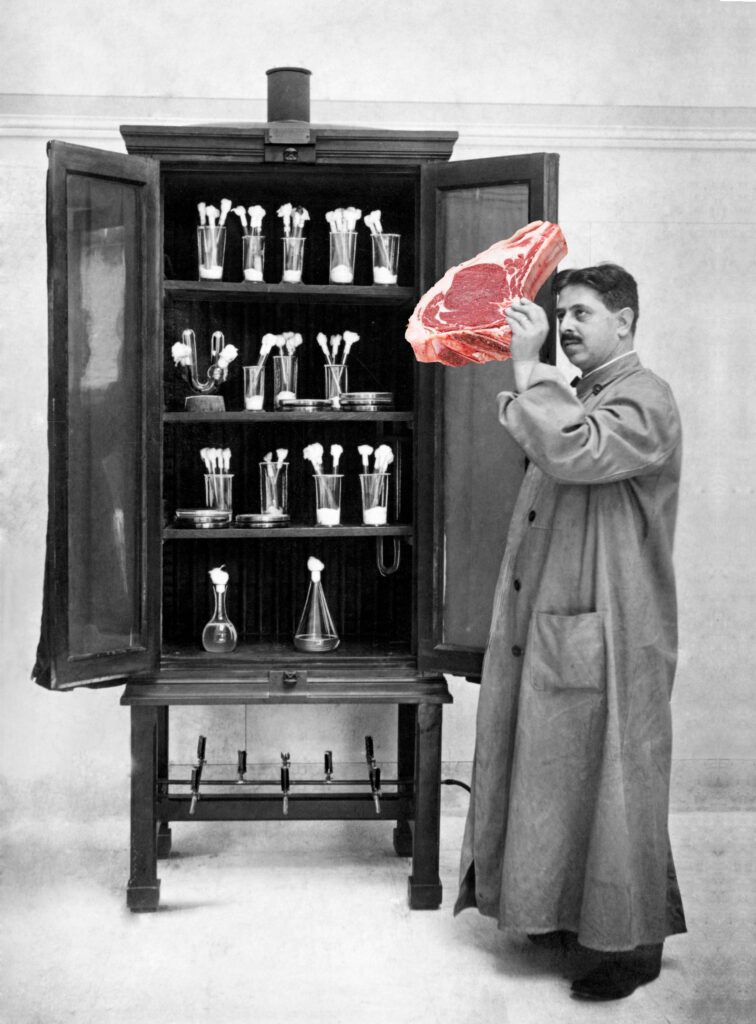
Startups such as the Californian Upside Foods and Eat Just -through its GOOD Meat division-, the Israeli Aleph Farms, the French Vital Meat, the Dutch Meatable and the Australian Vow are shining.
Thanks to their advances, a few restaurants are already committed to this food, which is the result of cutting-edge technologies such as 3D printing, powerful bioreactors, molecular agriculture and precision fermentation.
What is the explanation for dummies? Animal cells are biopsied, placed in a culture medium and fed with nutrients. The result is tissue identical to that of a chicken, pig, sea bass or octopus. It looks like magic, but it is science.
Only four restaurants serve it
If you’ve worked up an appetite, these are the places that cook this futuristic delicacy. As Anthony Bourdain said, “your body is not a temple, it’s an amusement park. Enjoy the ride.
Singapore has become the epicentre of the sarao: several restaurants there include in vitro meat on their menus. It is not as expensive as you might think: skewers of cultured chicken are sold for 12.74 euros.
The first is Huber’s Bistro, which serves GOOD Meat‘s lab-grown chicken, made by California-based Eat Just. The place is owned by Huber’s Butchery, the first butcher shop on the planet to ship cultured meat. There, customers can’t tell “artificial” chicken from natural chicken. “It looks, smells and tastes like chicken,” they say on social media. You’ll find it in sandwiches or pasta dishes.
Another unique culinary experience is the tasting of the first lab-grown Japanese quail, designed by the Forged brand of Australian startup Vow, whose dream is to replicate wild, exotic and even extinct animals. The company works with zebra, alpaca, water buffalo, kangaroo and crocodile cells.
“Forged Parfait is Forged’s first product. Made from farmed Japanese quail, it combines a rich umami taste with a weightless, melt-in-the-mouth quality,” say Forged.
As a preview, Forged Parfait was served as part of a series of exclusive dinners at Mandala Club’s MORI restaurant, which specialises in Asian food. From 3 May, it will be served on the menu at Ryan Clift’s Tippling Club, and will be passed on to several others.
Quail is presented through four offerings that form part of a seven-course omakase menu, including a savoury stuffed cannoli served with Black Pearl caviar; the ‘Hokkaido Wagyu Sando’, a milk bun topped with Hokkaido Wagyu A5 and quail or the iconic ‘Forged Brûlée’, which covers quail with layers of port jelly and morels poached in cognac, topped with caramelised sugar.
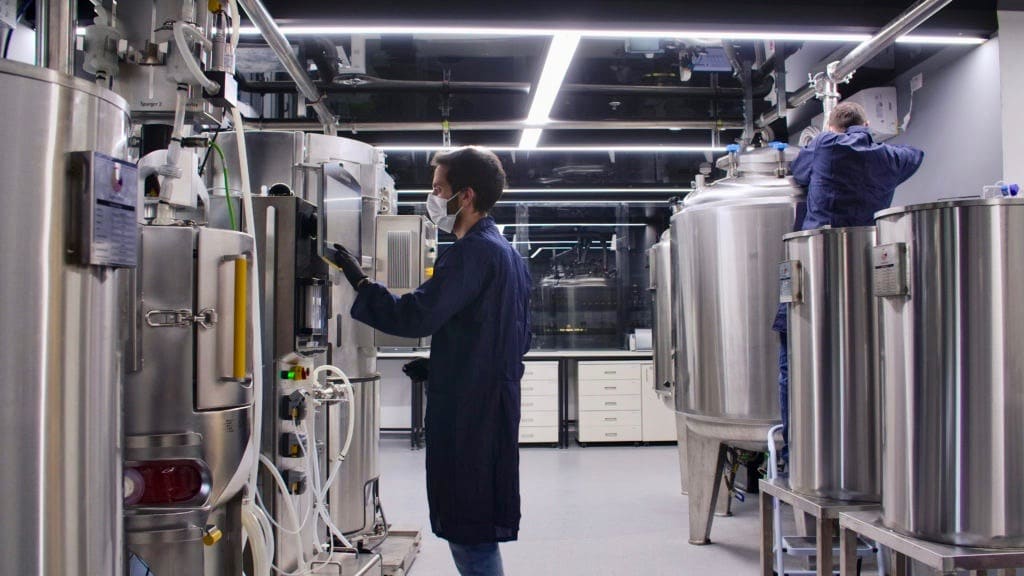
“By design, the menu allows diners to experience this new flavour in a variety of innovative ways,” the brand says. Journalists who have attended the dinners have emphasised that it is “unlike anything” they have tried before.
Tel Aviv is home to The Chicken, the only farm-to-table facility on the planet, opened by the startup SuperMeat in autumn 2020. Diners can look through a glass window into the pilot plant of chicken grown directly from poultry cells and watch the chefs at work before munching on their crispy chicken burgers on a brioche bun, accompanied by toppings such as seasonal vegetables, roasted mushrooms, avocado, chilli flakes, shallots or baby beetroot leaves.
Across the pond, chef José Andrés is experimenting at his China Chilcano restaurant in Washington with GOOD Meat’s pioneering lab chicken, which can be sold in the US from July 2023.
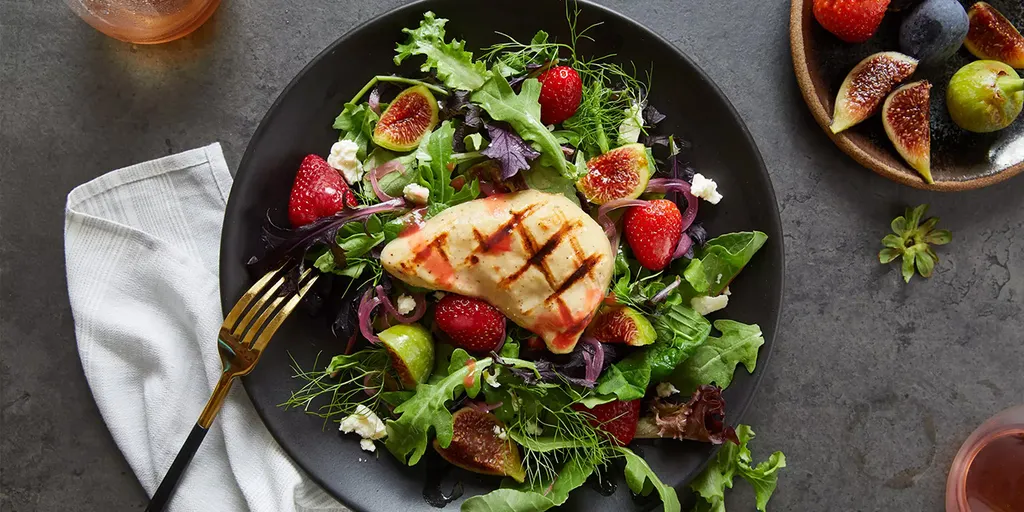
Although bookings are temporarily halted right now, their dish is called Anticuchos de carne and is served on Tuesday nights. It’s marinated free-range chicken with anticucho sauce, native potatoes and aji amarillo chimichurri. To try it, you’ll have to pay for the tasting menu, which costs 70 euros per head.
When will it arrive in Spain?
“Europe has the strictest food safety regulations in the world,” explains Carlos Campillos Martínez of the Good Food Institute Europe. However, startups and experts are optimistic about the “new meat”: the Netherlands invested a record €60 million last year and the UK announced a £12 million research centre in April.
The Spanish government invested 5.2 million euros in a project investigating the potential of cultured meat to help prevent food-related diseases. Once a cultured meat product is approved by EU regulators, it can be sold in all 27 countries.
“We are convinced that Europeans will soon be eating it because the current focus is on conscious, sustainable consumption, animal welfare and food safety. Our project is on that path,” says Íñigo Charola, CEO of BioTech Foods, the national start-up that has begun to build its cultured meat factory in San Sebastián. “It’s only a matter of time before EFSA approves its consumption,” he anticipates.
What are the advantages? Studies indicate that cultured meat requires 90% less land, would reduce the climate impact of conventional meat by up to 92% and would pollute the air 94% less.
Beatriz Jacoste, director of KM ZERO Food Innovation Hub, believes that it remains to be seen “whether these experiments, which have been very successful and well received by foodies, will have a positive impact on the environment”.

